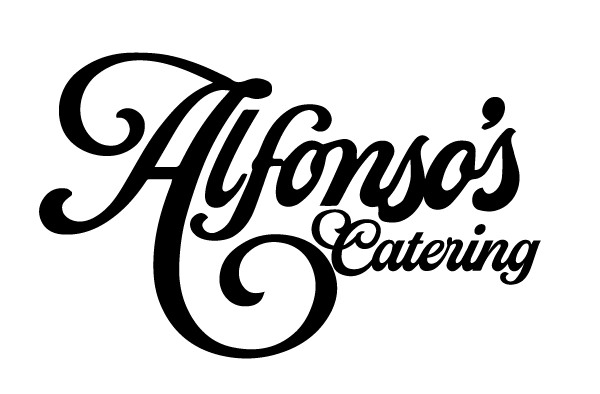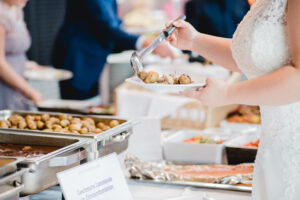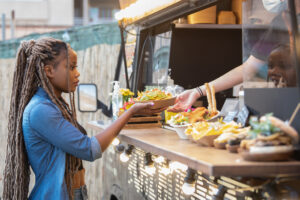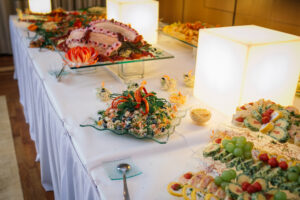Last Tuesday night, I found myself perched at a counter in the Lower East Side, watching a chef who trained at a three-Michelin-star French restaurant delicately layer Persian tahdig with Hudson Valley foie gras.
The woman next to me—a stranger until we both gasped at the same culinary magic trick—leaned over and whispered, “This is so New York it hurts.”
We laughed, but she wasn’t wrong.
Manhattan’s culinary identity has always been defined by a collision of cultures, techniques, and traditions.
But something has shifted in recent years.
The fusion happening across the island feels less like a marketing strategy and more like an honest conversation between traditions that share physical space but rarely shared a plate.
When Fusion Becomes Fluency
The most compelling food in Manhattan today comes from chefs who speak multiple culinary languages with native fluency, not those dabbling in culinary tourism.
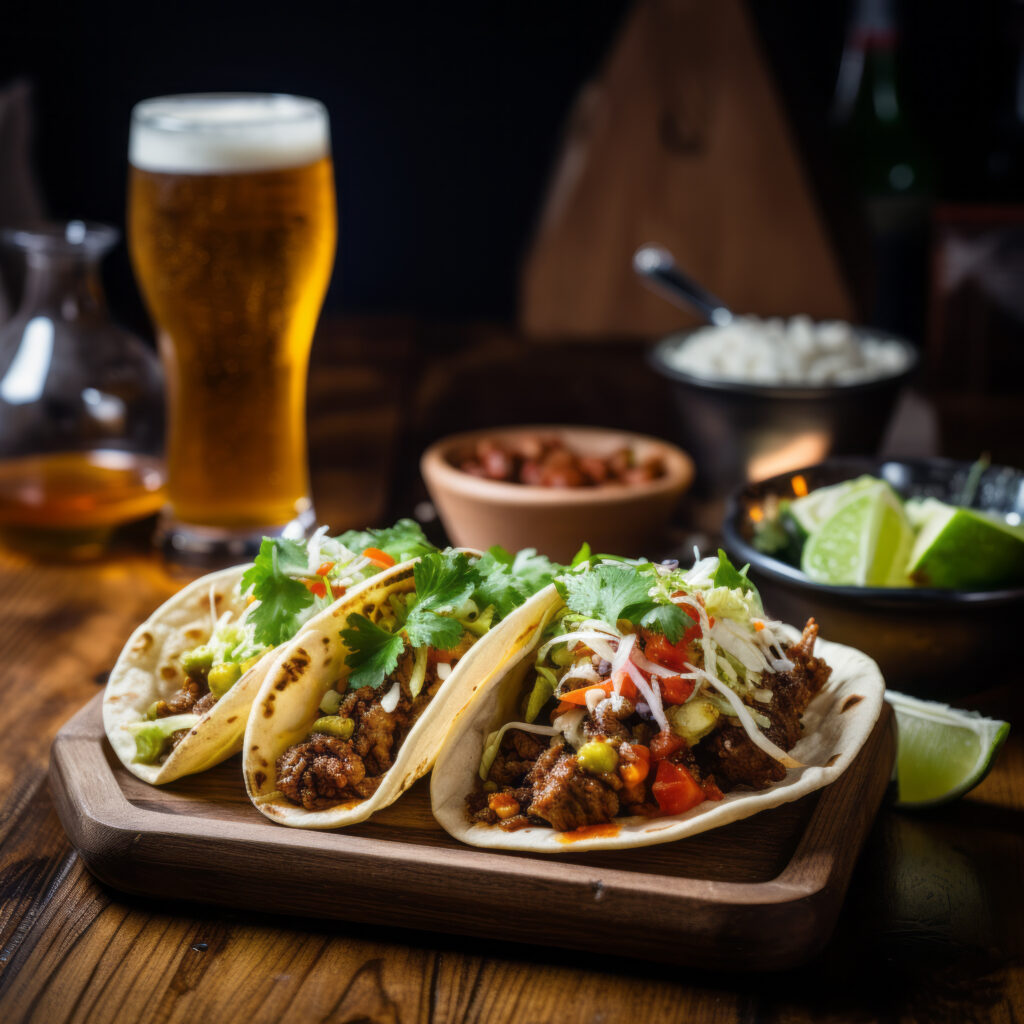
NYC Cuisine Trends
The Second-Generation Revolution
I spent an afternoon with Mai Nguyen, whose tiny West Village spot has people lining up for what she half-jokingly calls “dishes my Vietnamese mother would disown me for.” Nguyen applies her Chez Panisse training to the flavor profiles she grew up with, creating dishes like caramelized pork belly with Concord grape nuoc cham and crispy Hudson Valley rice.
“This isn’t fusion for shock value,” she told me while demonstrating how she makes rice paper using local grains. “These are the conversations happening in my head between my upbringing, my training, and this specific place.”
What makes Nguyen’s cooking representative of Manhattan’s current moment is its specificity. She isn’t blending broad culinary traditions—she’s engaging in a precise dialogue between the particular Vietnamese cooking of her family home and the hyperlocal ingredients of the Hudson Valley.
Memory as Culinary Ingredient
Across town in Hamilton Heights, Gabriel Stavsky’s twelve-seat counter serves what might be Manhattan’s most personal fusion cuisine. His Ashkenazi-Puerto Rican background emerges in dishes like pasteles filled with braised brisket and flanken soup with sofrito and yuca dumplings.
“Every dish answers a question I’ve been asking myself since childhood,” Stavsky explained as he rolled out dough for what he calls “boricua bialy.” “What happens when the food my grandmothers made shares the same plate?”
The resulting cuisine isn’t a calculated attempt at novelty—it’s a deeply personal exploration that happens to produce some of the most memorable flavors in the city.
How This Changes How Manhattan Gathers
This evolution in Manhattan’s fusion scene has profoundly altered how the island’s residents come together around food—not just in restaurants, but in homes and celebration spaces.
The New Dinner Party Protocol
Manhattan apartments still don’t have enough counter space, but the expectations around home gathering have evolved. The pressure to present a cohesive, traditional menu has given way to something more experimental.
When literary agent Sophia Liu hosted a recent birthday dinner in her Morningside Heights apartment, she served tea-smoked duck tacos with persimmon salsa alongside her mother’s Sichuanese fish fragrant eggplant. “Nobody blinked at the combination,” she told me. “That’s the Manhattan table now—personal, borderless, specific to your story.”
Celebration Spaces Reimagined
Event planners note that celebration menus have undergone similar transformation. “Manhattan weddings have become culinarily autobiographical,” explained events director Marco Ramirez. “Couples request dishes that map their relationship journey—where they met, their cultural backgrounds, significant trips they’ve taken together.”
This shift has changed everything from wedding venues to event staffing, with caterers now assembling multicultural kitchen teams capable of executing technically diverse menus with authenticity.
Neighborhoods as Culinary Conversation Pits
While Manhattan’s fusion energy can be found anywhere on the island, several neighborhoods have become particularly vibrant laboratories for this culinary cross-pollination.
The Canal Street Corridor
The stretch of blocks surrounding Canal Street has emerged as perhaps Manhattan’s most dynamic fusion zone—where Chinatown, Nolita, Dimes Square, and the edges of SoHo create a perfect recipe for culinary boundary-crossing.
Here, restaurants operate in storefronts where the previous tenant might have sold fresh noodles, Italian imports, or designer vintage. This architectural palimpsest creates spaces where culinary code-switching feels not just natural but necessary.
Washington Heights’ Multilingual Tables
Uptown, Washington Heights has quietly become Manhattan’s most exciting neighborhood for home cooks blending Dominican techniques with global influences. Weekly apartment gatherings feature mofongo stuffed with non-traditional ingredients and sancocho that incorporates unexpected traditions from the hosts’ workplaces and friendships.
The Gathering Future
As Manhattan’s relationship with fusion cuisine continues evolving, several emerging patterns suggest where our gathering tables are headed next.
The most promising development is the growing emphasis on technique exchange rather than simple ingredient substitution. Chefs are applying dough-handling methods from one tradition to unexpected ingredients from another, or fermentation approaches across cultural boundaries.
This deeper engagement creates food that reflects Manhattan’s particular genius—the ability to honor tradition while relentlessly pursuing innovation.
In a city where limited space forces constant human proximity, our menus have become the place where we most honestly acknowledge the beauty of cultural collision. The next time you gather around a Manhattan table, notice how each dish tells a story of tradition in conversation with its neighbors—just like the island itself.
